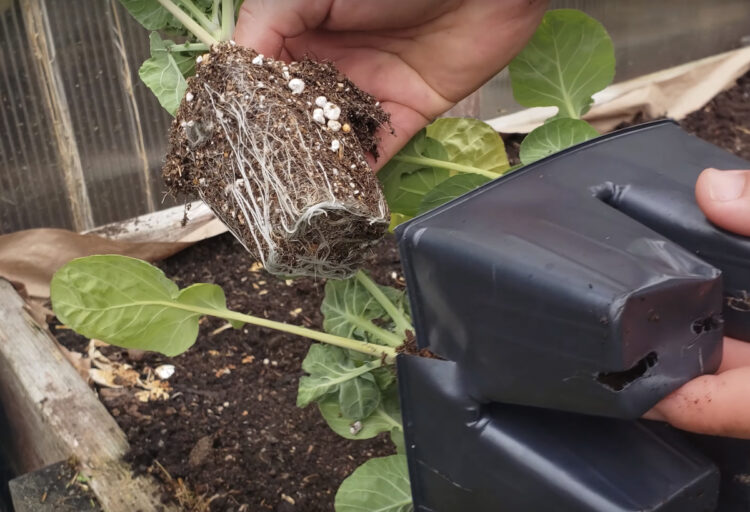How to Start a Hydroponic Garden at Home for Beginners

Imagine transforming your indoor space into a lush, thriving garden without the hassle of soil. Welcome to the world of hydroponics, where plants flourish in a soil-less environment, nourished by a nutrient-rich solution. If you've ever wanted to grow your own fresh herbs, vegetables, or indoor plants but thought it was too complicated, think again. This beginner's guide will walk you through everything you need to know to start your own home hydroponic garden.
Understanding Hydroponic Systems
Before diving in, let's understand what hydroponic systems are. Simply put, hydroponics is a method of growing plants without soil. Instead, plants are grown in a water-based, nutrient-rich solution. This method offers several advantages, including faster growth rates, higher yields, and reduced risk of pests and diseases.
Types of Hydroponic Systems
There are several types of hydroponic systems, each with its own advantages and complexities. Here are a few popular ones:
- Wick System: This is the simplest and most passive system. A wick transfers the nutrient solution from a reservoir to the growing medium.
- Deep Water Culture (DWC): Plants are suspended in a nutrient solution, with an air pump providing oxygen to the roots.
- Nutrient Film Technique (NFT): A thin film of nutrient solution flows over the roots, providing a constant supply of water and nutrients.
- Ebb and Flow (Flood and Drain): The growing medium is periodically flooded with nutrient solution and then drained.
Choosing the Right Growing Medium
The growing medium in hydroponics replaces soil, providing support for the plant and facilitating the delivery of nutrients and water. Common growing media include:
- Rockwool: Made from spun volcanic rock, it retains water well and provides excellent aeration.
- Clay Pellets: These are reusable and provide good drainage and aeration.
- Coconut Coir: Made from coconut husks, it retains water well and is environmentally friendly.
Preparing the Nutrient Solution
The nutrient solution is the lifeblood of your hydroponic garden. It contains all the essential nutrients your plants need to grow. You can purchase pre-made nutrient solutions or mix your own using a combination of macronutrients (nitrogen, phosphorus, and potassium) and micronutrients (iron, manganese, zinc, etc.).
Monitoring pH Levels
Maintaining the correct pH level is crucial for nutrient absorption. Most plants thrive in a pH range of 5.5 to 6.5. Regularly test the pH of your nutrient solution and adjust it using pH up or down solutions as needed.
Setting Up Your DIY Hydroponic Garden
Ready to get your hands dirty (metaphorically speaking)? Here’s a step-by-step guide to setting up your DIY hydroponic garden:
- Choose Your System: Decide on the type of hydroponic system that suits your needs and space.
- Gather Materials: You’ll need a container for the nutrient solution, a growing tray, a growing medium, an air pump, and tubing.
- Assemble the System: Follow the instructions for your chosen system to assemble the components.
- Add the Nutrient Solution: Mix your nutrient solution according to the manufacturer’s instructions and add it to the reservoir.
- Plant Your Seedlings: Gently place your seedlings into the growing medium, ensuring the roots are well-supported.
- Monitor and Maintain: Regularly check the pH and nutrient levels, and ensure the system is functioning correctly.
/119791286ps-56a5034d3df78cf77285f901.jpg)
Growing Indoor Plants Hydroponically
Indoor plants thrive in hydroponic systems, offering a clean and efficient way to grow herbs, vegetables, and even decorative plants. Some popular indoor plants for hydroponics include:
- Herbs: Basil, mint, and parsley grow quickly and are easy to maintain.
- Vegetables: Lettuce, spinach, and kale are great choices for beginners.
- Decorative Plants: Peace lilies, pothos, and philodendrons add a touch of greenery to your space.
Troubleshooting Common Issues
Even with the best care, issues can arise. Here are some common problems and their solutions:
- Wilting Plants: Check the pH and nutrient levels. Ensure the roots are not waterlogged.
- Yellowing Leaves: This could indicate a nutrient deficiency. Adjust the nutrient solution accordingly.
- Algae Growth: Keep the system clean and ensure there is no light exposure to the nutrient solution.
Conclusion
Starting a home hydroponic garden is an exciting and rewarding journey. With the right system, growing medium, and nutrient solution, you can grow a variety of indoor plants with ease. Whether you’re growing herbs for your kitchen or decorative plants to brighten your space, hydroponics offers a clean, efficient, and eco-friendly solution.
So, why wait? Dive into the world of hydroponics and watch your indoor garden flourish. Happy growing!
FAQs
What are the benefits of hydroponic gardening? Hydroponic gardening offers faster growth rates, higher yields, and reduced risk of pests and diseases. It also conserves water and space.
Can I grow any plant hydroponically? While many plants can be grown hydroponically, some are better suited than others. Herbs, leafy greens, and certain decorative plants are great choices for beginners.
How often should I change the nutrient solution? The frequency depends on the type of system and the plants you are growing. Generally, it’s recommended to change the solution every 2-3 weeks.
What is the ideal temperature for a hydroponic system? The ideal temperature for the nutrient solution is between 65-75°F (18-24°C). This range promotes optimal nutrient absorption and plant growth.
Can I use tap water for my hydroponic system? Tap water can be used, but it’s important to let it sit for 24 hours to allow chlorine to evaporate. Alternatively, you can use filtered or distilled water to avoid any impurities.

0 Response to "How to Start a Hydroponic Garden at Home for Beginners"
Post a Comment